Growing potatoes efficiently?
aptz
10 years ago
Related Stories

COOL-SEASON CROPSCool-Season Vegetables: How to Grow Potatoes
This ever-popular tuber is a stalwart in spring and fall gardens and a staple in kitchens everywhere
Full Story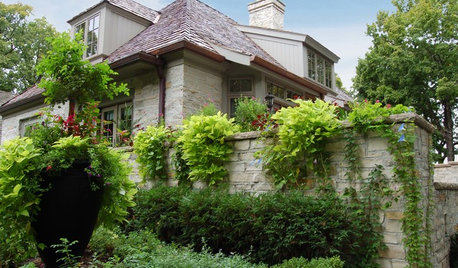
FOLIAGEGreat Design Plant: Ornamental Sweet Potato Vine
Versatile, fast growing, inexpensive and easy on the eyes, ornamental sweet potato vine has it all
Full Story
FARM YOUR YARDHow to Grow Vegetables in Containers
Get glorious vegetables and fruits on your patio with a pro’s guidance — including his personal recipe for potting mix
Full Story
EARTH DAYGrow a Beautiful Garden With Ecofriendly Greywater
Reducing home water waste means lower bills and a healthier planet. Here's how to set up a greywater home irrigation system that can help
Full Story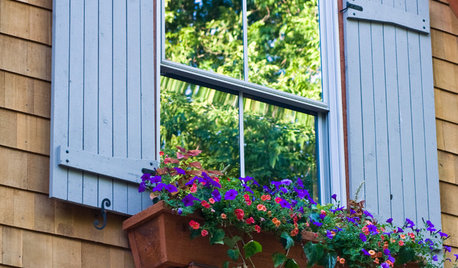
CURB APPEALHow to Make a Window Garden Grow
Get the scoop on materials, installation, plantings and more to bring the charming look of window boxes to your home
Full Story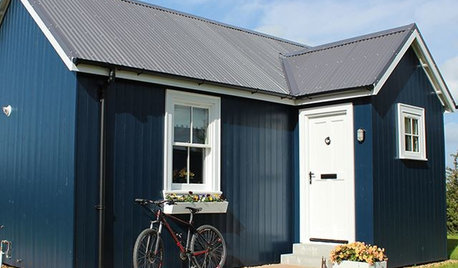
SMALL HOMESHouzz Tour: A Wee Home Grows in a Scottish Garden
This compact house became a prototype with grand designs: showing that affordable and efficient can actually be stylish
Full Story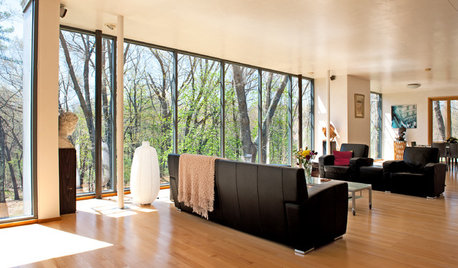
BEFORE AND AFTERSMy Houzz: A 1950s Bungalow Grows Up and Greens Out
Beauty and energy efficiency go hand in hand in this expanded and renovated Massachusetts forest home
Full Story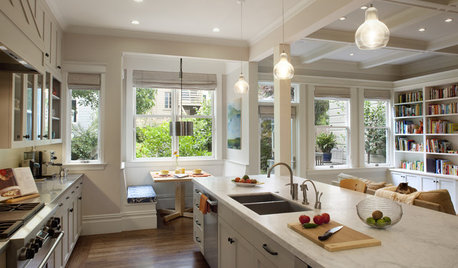
KITCHEN OF THE WEEKKitchen of the Week: Storage, Style and Efficiency in San Francisco
A growing family gets a kitchen they can work, eat and relax better in — and that’s easier on the eyes
Full Story
GARDENING GUIDESCool-Season Vegetables: How to Grow Turnips
Sweeter after a taste of frost, these often-overlooked root vegetables can be a surprisingly tasty part of your fall garden
Full Story0

COOL-SEASON CROPSCool-Season Vegetables: How to Grow Parsnips
This unfairly maligned root vegetable is the ideal choice for a winter garden, sweetening with the frost and having a long storage life
Full Story







dajsnipe
dave_f1 SC, USDA Zone 8a
Related Professionals
Allen Landscape Architects & Landscape Designers · Arnold Landscape Architects & Landscape Designers · Bellflower Landscape Architects & Landscape Designers · Andover Landscape Contractors · Deerfield Landscape Contractors · Federal Way Landscape Contractors · Holland Landscape Contractors · Melrose Landscape Contractors · Middleton Landscape Contractors · Waldorf Landscape Contractors · Palos Hills Landscape Contractors · Ferguson Landscape Contractors · Cincinnati Driveway Installation & Maintenance · Anaheim Driveway Installation & Maintenance · Mission Viejo Driveway Installation & Maintenancesweetquietplace
dave_f1 SC, USDA Zone 8a
digdirt2
ltilton
seysonn
aptzOriginal Author
digdirt2
theforgottenone1013 (SE MI zone 5b/6a)
little_minnie
wisbill
VivVarble
jonfrum
aptzOriginal Author
dave_f1 SC, USDA Zone 8a
ltilton
User
2ajsmama
veggievicki
little_minnie
seysonn
defrost49
veggievicki